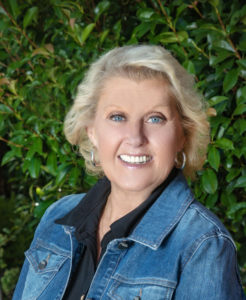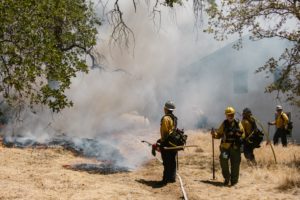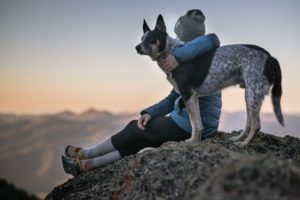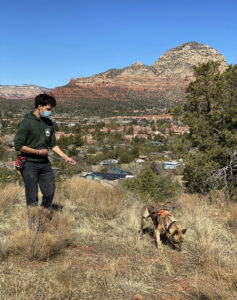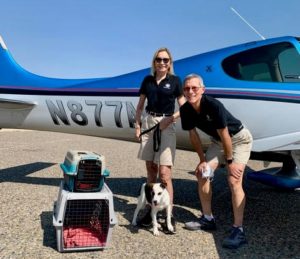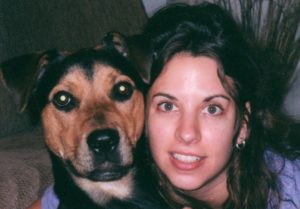If it’s too cold for you outside, it’s also too cold for your furry family member.
Just like us, our pets like a nice comfy place to sleep and may change their location if they need more or less warmth. I have a small space heater in my bathroom and my cat curls up in front of it and stays there all day and night. Give them options that allow them to change their sleeping place to adapt to their needs. Just like us, they want (and deserve) a nice warm bed to sleep in!
We’ve all seen the heartbreaking pictures of dogs or cats left outdoors during winter storms and snow. Just don’t do it! Let them in. They’re your family, and you wouldn’t want to sleep out in that kind of weather, so why would you make your pet? It’s a common belief that dogs and cats are more resilient than people to cold weather because of their fur, but it’s simply not true. Just like us, they are susceptible to frostbite and hypothermia, and it can come on quickly. Longer-haired and thick-coated dog breeds, such as huskies and other dogs bred for colder climates, are more tolerant of cold weather; but no pet should be left outside for long periods in freezing weather. Some dogs love to go out and play in the snow and that’s fine, but don’t leave them out too long where you are putting them in danger! If they get too cold, it lowers their immune system putting them at risk of upper respiratory illnesses and colds, just like us! Never shave your dog down to the skin in the winter as a longer coat will provide more warmth. Smaller dogs, short-haired dogs and older dogs should wear a sweater or doggie parka to help keep them warm and doggie boots are always recommended because they protect their paws from the salt commonly used to de-ice sidewalks.
Speaking of their paws, check them regularly for signs of cold-weather injury or damage, such as cracked paw pads or bleeding. When you get back inside after a walk, wash your pet’s feet, legs and belly to remove deicers, antifreeze or other chemicals that could be toxic to reduce the risk of them being poisoned if they should lick their feet or fur. Antifreeze can be lethal. It tastes sweet to pets but it contains a toxic agent, so be aware if your dog starts sniffing around in a driveway or parking lot, because it’s possible someone may have spilled antifreeze and your dog could consume it. If you think your pet has consumed antifreeze, contact your veterinarian immediately.
Finally, don’t leave your dog in a car during cold weather, as cars can act as refrigerators that hold in the cold and can cause serious injury or even cause them to freeze to death. Just like in the summer where your car can literally turn into an oven, in the winter, it becomes a freezer.
What it comes down to is this: If it’s too cold for you outside, it’s also too cold for your furry family member. Taking a few extra minutes and some simple precautions can prevent discomfort, illness and injuries to your precious pet during this colder time of year. QCBN
By Loree Walden
Loree Walden is the marketing manager at Yavapai Humane Society.






